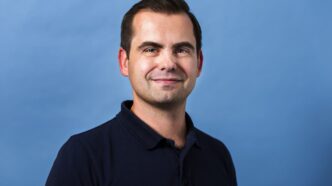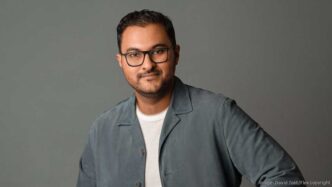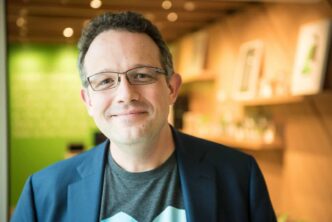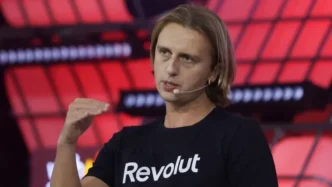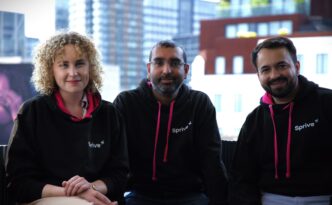At the Start Summit in Switzerland this March, Robin Rombach stood out—not just for his orange backpack but for the crowd swarming him. As cofounder of Black Forest Labs, he’s become a quiet celebrity in Europe’s generative AI scene.
The German startup burst onto the radar in August 2024, debuting with advanced text-to-image models that stunned experts. Just days later, it secured a $31 million seed round from General Catalyst, Andreessen Horowitz, and Y Combinator CEO Garry Tan. A deal with Elon Musk’s xAI soon followed. Yet, despite the buzz and talks of a $200 million round, Rombach and his team remain camera-shy.
A physics graduate from Heidelberg University and PhD in computer science, Rombach helped pioneer “latent generative models”—AI that compresses visual data for better efficiency. He and Patrick Esser, now his cofounder, started building these systems in a tiny lab with limited hardware but big ambitions. “We wanted to compete with Google and Nvidia,” he told a Slush audience last year.
Their breakthroughs led Rombach to Stability AI in 2022, where he helped develop Stable Diffusion—the open-source model that changed AI image generation. Released that August, Stable Diffusion sparked an explosion of developer interest. When Rombach returned from vacation, the community had already built the features he planned next.
But Stability AI soon faced internal chaos—leadership shakeups, payment issues, and a damaged reputation. By March 2023, Rombach had left. “Everyone wanted to poach Robin,” a former colleague said. “He’s the maestro.” He preferred to stay out of the spotlight, letting his work speak in the AI community where he’s almost mythic.
From the Forest to the Future: What’s Next for Black Forest Labs
Rombach founded Black Forest Labs quietly in August 2024, based in Freiburg, Germany, near the famed Black Forest. His mission: to push the boundaries of generative deep learning for creative media. And he didn’t go alone—he brought 12 former Stability AI colleagues, including five cofounders and key engineers. The team now numbers 30, hiring globally for technical roles.
Investors who want in must visit Freiburg and experience the forest. While many European VCs missed out on the $31 million round, General Catalyst and Andreessen Horowitz didn’t. The only known European investor is Germany’s Mätch VC, which also keeps a low profile.
The buzz continues to grow. Black Forest’s “Flux” models dominate Hugging Face’s charts and account for nearly 40% of AI model traffic on Poe. Two versions are open source, while ‘Flux Pro’ models are licensed to partners like Adobe and Deutsche Telekom.
The company’s partnership with xAI and Elon Musk launched its model Grok—but it also drew criticism for lacking safeguards. Since then, xAI has built its own tools. Black Forest Labs now says it uses content filters and works with the Internet Watch Foundation to ensure safety.
Still, open source doesn’t pay the bills. That’s where partnerships come in. Beyond Musk, Black Forest collaborates with Mistral for its chatbot Le Chat and supports Adobe tools like Project Concept and Adobe Express.
What’s next? A text-to-video model is in the works—one that could rival Google’s Veo and OpenAI’s Sora. “Video is a harder problem,” said cofounder Andreas Blattman. “You have to understand how the world works.”
To support this next chapter, Black Forest plans to open a San Francisco office, a nod to its U.S. investors. If the rumored $200 million round closes, it could hit unicorn status in under a year. That would solidify Black Forest Labs not just as a European success story—but as a global AI powerhouse.
